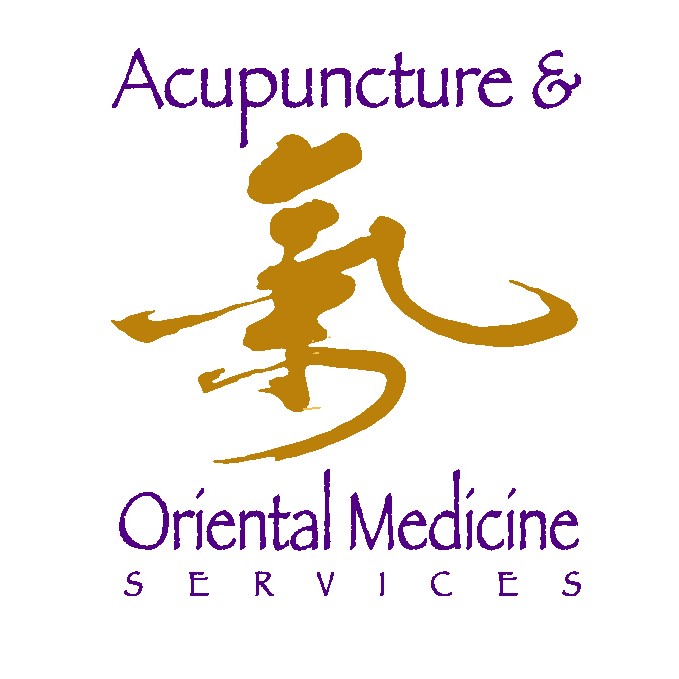“From the viewpoint of modern medicine, the principle action of acupuncture (and of moxibustion) is to regulate the function of the human body and to increase its resistance by enhancing the immune system and the antiphlogistic (anti-inflammatory), analgesic (anti-pain), antispastic, antishock and antiparalytic abilities of the body.” –from the World Health Organization
What is Acupuncture?
Acupuncture is the insertion of sterile, solid, disposable needles into standardized acupuncture points. The needles are inserted to stimulate the body’s own healing and defense mechanisms. There is nothing injected during an acupuncture treatment.
At its most effective, each patient is assessed in a holistic manner. While the patient is treated to alleviate a specific problem, physical, emotional, and environmental stresses are also addressed. As the mind-body connections are addressed, treatments are therefore unique to each individual.
Oriental Medicine, the root of which is Traditional Chinese Medicine (TCM), encompasses a variety of health care therapies. Acupuncture and Chinese Herbal Medicine are the two most popular forms in the United States. Other aspects include diet, nutrition, lifestyle counseling, martial arts, meditation, Tui Na (twee nah) massage, and Feng Shui (fung shway). TCM has been successfully used to heal illness, improve mental and emotional states, and in general, improve the quality of life through increased capacity for pleasure, creativity, and work.
In TCM, each human being is seen as being composed of three primary substances: Qi, Moisture and Blood. Qi is the enegy, both subtle and mechanical, that gives us our capacity to move, think, feel and create. Moisture is the medium which lubricates and protects us. Blood is the foundation out of which we build the substance of our bodies. Our constitution is then defined as that unique balance of body and mind, hot and cold, inner and outer, Earth and Heaven, as defined by the terms Yin (feminine receptive) and Yang (masculine expansive). Harmony of these opposites leads to health and good fortune, while disharmony leads to dysfunction and disease. Each person is then seen as an individual reflection of their environment: a garden, in which the patient and the TCM practitioner work together to cultivate health.
How does TCM work?
Qi, Moisture and Blood is seen as circulating through a network of pathways that connect and regulate all aspects ofthe body. Health is maintained when adequate Qi, Moisture and Blood flow smoothly through these channels. Imbalence is seen as a complication of the depletion or stagnation of one of these essential substances. It has been scientifically determined that human beings are unique bio-energetic systems. Oriental Medicine calls this bio-energetic force Qi (chee), and in the west it is often referred to simply as energy. This energy flows along pathways in the human body which are related to the organs, tendons, and muscles. When the balance of this energy is disturbed due to trauma, poor diet, medications, stress, hereditary conditions, environmental factors, or excessive emotional strain; pain and illness results. Oriental Medicine focuses on correcting these imbalances, loosening obstructions, and strengthening the body’s ability to heal itself.
Are all Oriental Medicine Practitioners the same?
Within the United States, Traditional Chinese Medicine (TCM) is the foundation upon which the National Board Certification is based. Beyond this foundation, a practitioner may choose to expand and focus their knowledge with a particular specialty, treatment, or style. Oriental Medicine remains a vital, expanding and researched medicine. With the expansion of this medicine throughout the world, there are many styles and methods of treatment that could used to approach almost any problem. We encourage you to look for a qualified healer that you feel you can communicate with easily, addresses your concerns and has a treatment style you are comfortable with.
What to expect during your treatment:
Your visit
What to expect: An Oriental Medicine (TCM) practitioner evaluates each patient individually. Through a process of asking about lifestyle and symptoms, observation of the patient, and touching the acupuncture points, patterns are identified which allow the practitioner to determine a course of treatment. A course of treatment is then determined which may include acupuncture, acupressure, massage, cupping, and herbal or nutritional therapies.
Your practitioner will diagnose your condition with a thorough examination which may include a complete medical history, pulse, and tongue diagnosis, and other assessments. It will be tailored specifically to the way your body responds under the circumstances of your health concern.
How does it feel?
Insertion of acupuncture needles in some people is painless while others feel a slight “pinch” followed by the Qi sensation: a slight tingling, aching, dull distending, warmth or heaviness causing a feeling of relaxation.
How many treatments?
The number of treatments varies depending on the complaint. Some will need only a few treatments to resolve a complaint, while others, with chronic long-standing complaints, may take longer. Many of our clients are choosing this form of medicine as their routine wellness care to deal with the toll taken by life’s daily stresses and strains.
